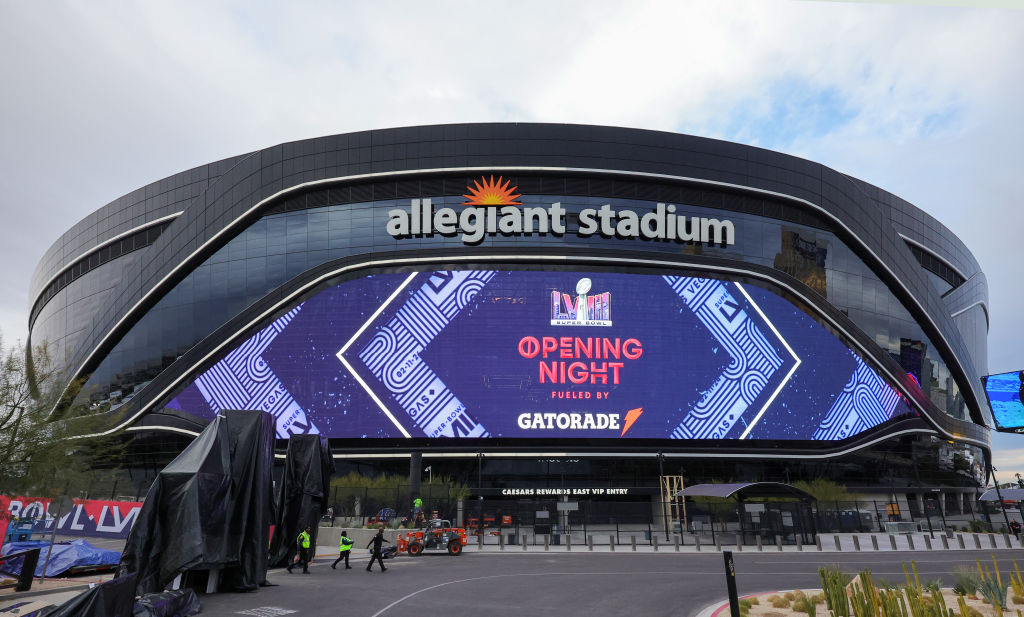Ad inventory for Super Bowl LVIII has been virtually sold out since early November, according to CBS – the network broadcasting the Big Game matchup between the Kansas City Chiefs and San Francisco 49ers. A 30-second spot cost $7 million, which was about the same price that Fox Sports charged for spots in last year’s game. That’s a hefty investment for brands. The big question about investing in ad space during the Big Game is whether or not it’s worth the cost.
Research firm System1 issued a report last October showing that brand recognition for Super Bowl spots declined from 85% to 83% last year, while brand recall for everyday ads increased from 81% to 85% over the same time period. Brands buying high-ticket Super Bowl spots want engagement, which goes beyond mere recall, and if that’s declining, it’s not a good sign.
System1 had a simple solution for brands running Super Bowl ads: introduce your logo and characters early in the spot and make people feel good watching it. They cited Disney, M&M’s and T-Mobile as excelling at this in Super Bowl LVII.
5 actions for Super Bowl ads
Beyond those basics, there are five actions every brand investing in a Super Bowl spot – and any brand investing in ANY advertising spot – should take to generate satisfying ROI on their ad investments.
#1: Run an omnichannel campaign
Super Bowl spots are so expensive because of the massive audience they expose brands to. If you apply System1’s insights and generate successful recall, you must capitalize on that with a smart campaign strategy that nurtures them long after the final snap is played and the winning team rides a parade float down Main Street at Disneyland.
In the days before YouTube, the air of mystery around Super Bowl ads added to the fun of the watch party. (Non-football fans could take a bathroom break during the game – gasp!) Now, brands drop ads in the weeks leading up to the Super Bowl so fans can engage with them beforehand.
This is a start towards the idea of thinking of Super Bowl ads as one (admittedly huge) touchpoint in a full-funnel, omnichannel campaign that engages target audiences everywhere they’re active in relevant, meaningful ways.
Nielsen’s Tina Wilson suggests focusing Super Bowl spots that complement regular, ongoing ad placements and running ads before, during and after the game.
#2: Plan targeted placements in venues around NFL stadiums
One unique way to engage audiences where they are throughout the football season is by executing smart, creative placements around NFL stadiums.
Placer.ai analyzed traffic data to local venues surrounding professional sports venues to identify NFL stadiums as offering the most diverse target audience of the three major professional sports. (MLB and NBA being the others.) They found that by advertising in and around NFL stadium space, brands could reach tens of thousands of relatively high-income consumers easily and effectively.
Partnering with local venues to harness the insights behind location analytics could uncover profitable intersection points for brands to engage NFL fans all season long.
#3: Learn a lesson from the Pop-Tarts Bowl
More than 4 million people tuned in to watch the world’s first edible mascot be lowered into a giant toaster and consumed by the Kansas State Wildcats after the inaugural Pop-Tarts Bowl in December.
The game drew the largest audience of any college bowl not connected to the College Football Playoffs. Importantly for advertisers, Adweek reported that ads that ran during it outperformed the primetime average by 33%. Pop-Tarts ads running during the bowl game outperformed other primetime ads by a whopping 1,800%.
Pop-Tarts found a way to entertain fans with its larger-than-life, selfless mascot during the game, and in the days, weeks and now months, following it. The marketing was so good that it garnered $12.1 million in free media and got a lot of adults to eat Pop-Tarts again.
The marketing even increased the value of the bowl game itself by more than 25%. The brand followed up with new spots on social media that engaged and expanded audiences. Pretty impressive for a life-size Pop-Tart.
#4: Laugh at yourself
Pop-Tarts again paves the way in this regard. To borrow an analogy from America’s pastime, when you swing big, you’ll either strike out or hit a home run. Brands that don’t take themselves too seriously tend towards the latter.
Companies running spots in the Super Bowl should be actively engaging people on social channels, poking fun at themselves and embracing all the feedback they receive. That endears people and creates positive associations that lead toward better bottom line results.
#5: Evaluate effectiveness in context of cross-media campaigns
While the Super Bowl spot might be the biggest expense on a brand’s advertising budget, it must be evaluated in light of how the campaign is performing on other channels. Nielsen’s Next Frontier Upfronts report reveals people spend 4.5 to 5 hours a day watching live, time-shifted and streaming TV, and the same amount of time on other kinds of media.
The line between TV and non-TV has blurred. Because of this new reality, measurement silos must be broken. TV spots must be understood in light of performance on other channels. And past channel investment models must be challenged.
Spreading marketing budgets too thinly across channels can lead to underinvestment that hinders performance. Nielsen found that spending twice as much on a similar channel mix could generate triple the ROI. Using common cross-media metrics more compatible measurement solutions can aid that effort.
A final note
The Super Bowl is still a prime-time opportunity for brands to leave a lasting impression. By running omnichannel campaigns, targeting placements strategically, embracing humor and evaluating effectiveness across media, brands can maximize their return on their advertising investment.
If you liked this article, sign up for SmartBrief’s free email newsletter on Marketing Innovation. It’s among SmartBrief’s more than 250 industry-focused newsletters.
Opinions expressed by SmartBrief contributors are their own.
